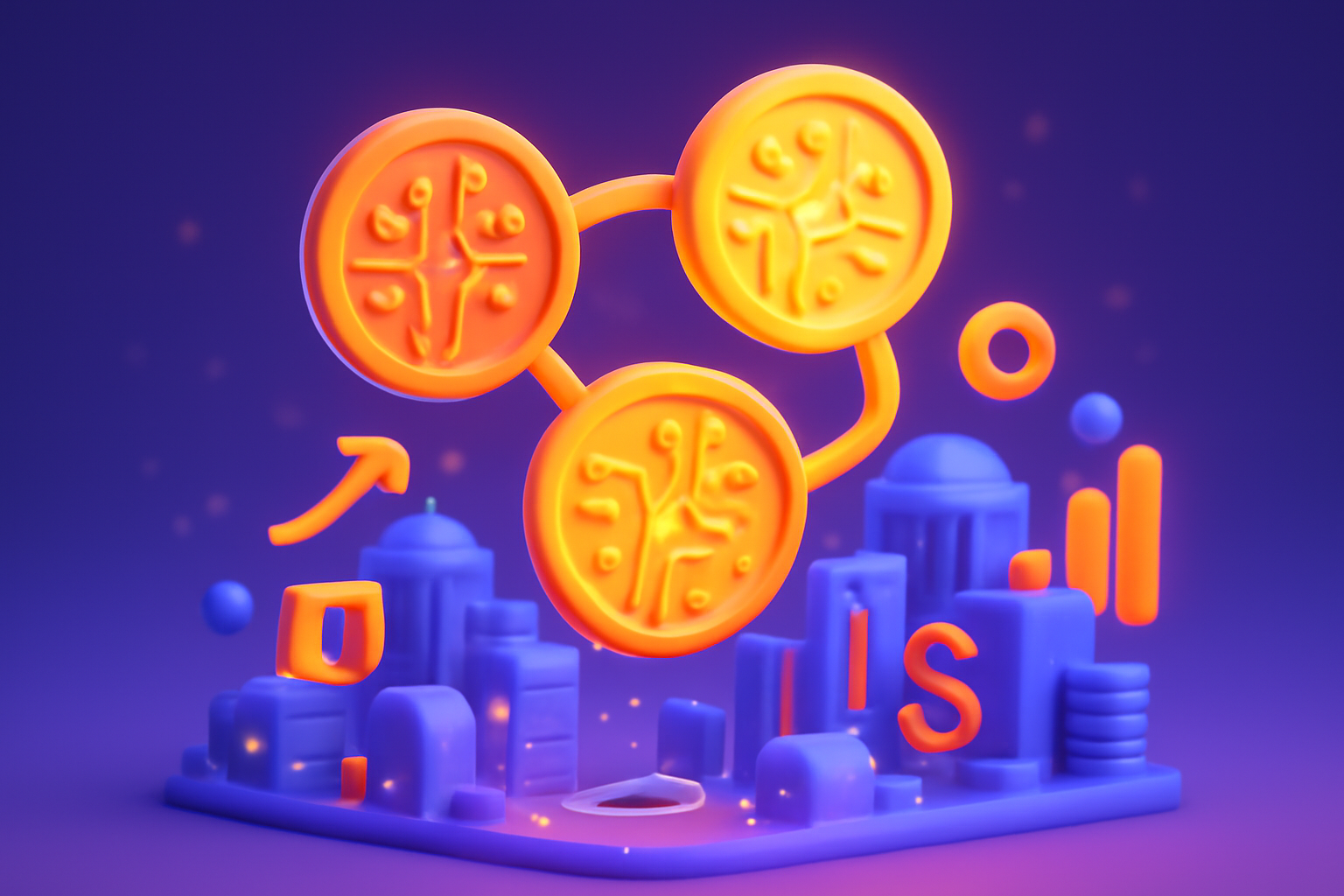
Programmable money, often realized through cryptocurrency and blockchain technologies, is transforming financial transactions by enabling funds to be coded with specific spending rules, automated triggers, and conditional logic. This revolution is brought about by combining smart contracts with digital currencies to create assets that can execute pre-programmed instructions autonomously. Here are the key aspects driving this transformation:
Smart Contracts: These are self-executing contracts where the terms of the agreement are directly written into lines of code. They automatically enforce and execute terms when predefined conditions are met. This eliminates intermediaries, reducing costs and increasing efficiency by enabling near-instantaneous clearing and settlement of transactions.
Conditional Transactions: Programmable money can enforce spending conditions that might depend on a variety of triggers such as time, location (geo-fencing), identity verification, or even data from Internet of Things (IoT) devices. This provides flexibility and precision in financial operations previously impossible with traditional currency.
Automation: By automating transaction workflows, programmable money reduces the need for manual intervention, thereby decreasing human error and fraud risks. Automatic payouts, recurring billing, and treasury management are some areas benefiting from this automation.
Increased Transparency: By virtue of operating on blockchain, transactions involving programmable money are transparent and immutable. This transparency builds trust and accountability, advantages that are particularly beneficial in supply chain management, charitable donations, and government disbursements.
Fractional Transactions and Micro economies: Programmable money enables fractional transactions at minimal costs, supporting new economic models like micropayments for on-demand services and internet content. This breaks down barriers for access and monetizes opportunities that were previously not feasible due to transaction costs.
Complex Financial Instruments: The use of programmable money allows the creation of new financial instruments and derivatives that can automatically adjust and react to market conditions without human intervention. This dynamic adaptability opens up avenues for innovative financial products.
The adoption of programmable money is at a nascent stage but shows significant promise in reshaping the landscape of financial transactions. Regulatory considerations, technological advancements, and widespread adoption are critical factors that will determine its future trajectory.